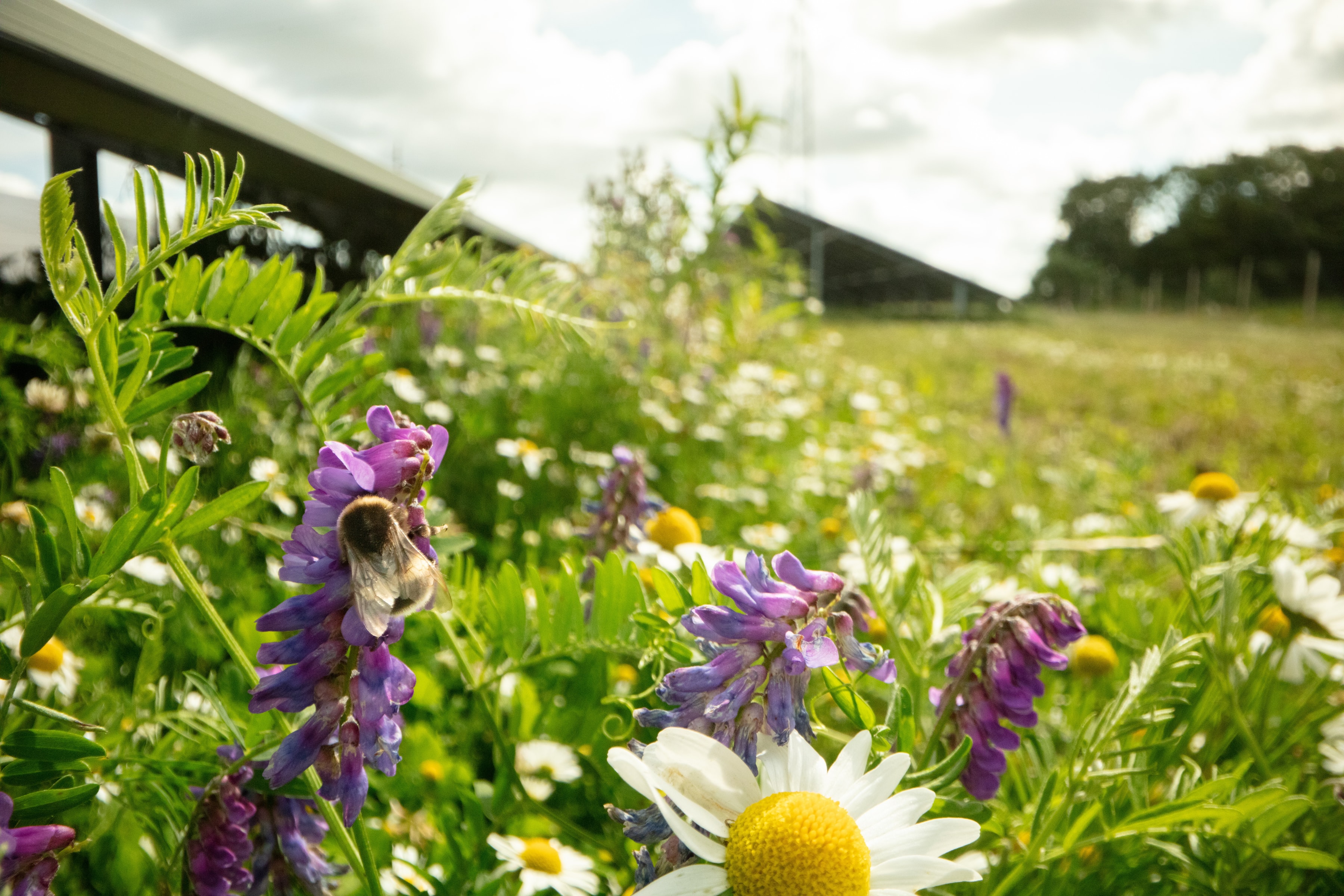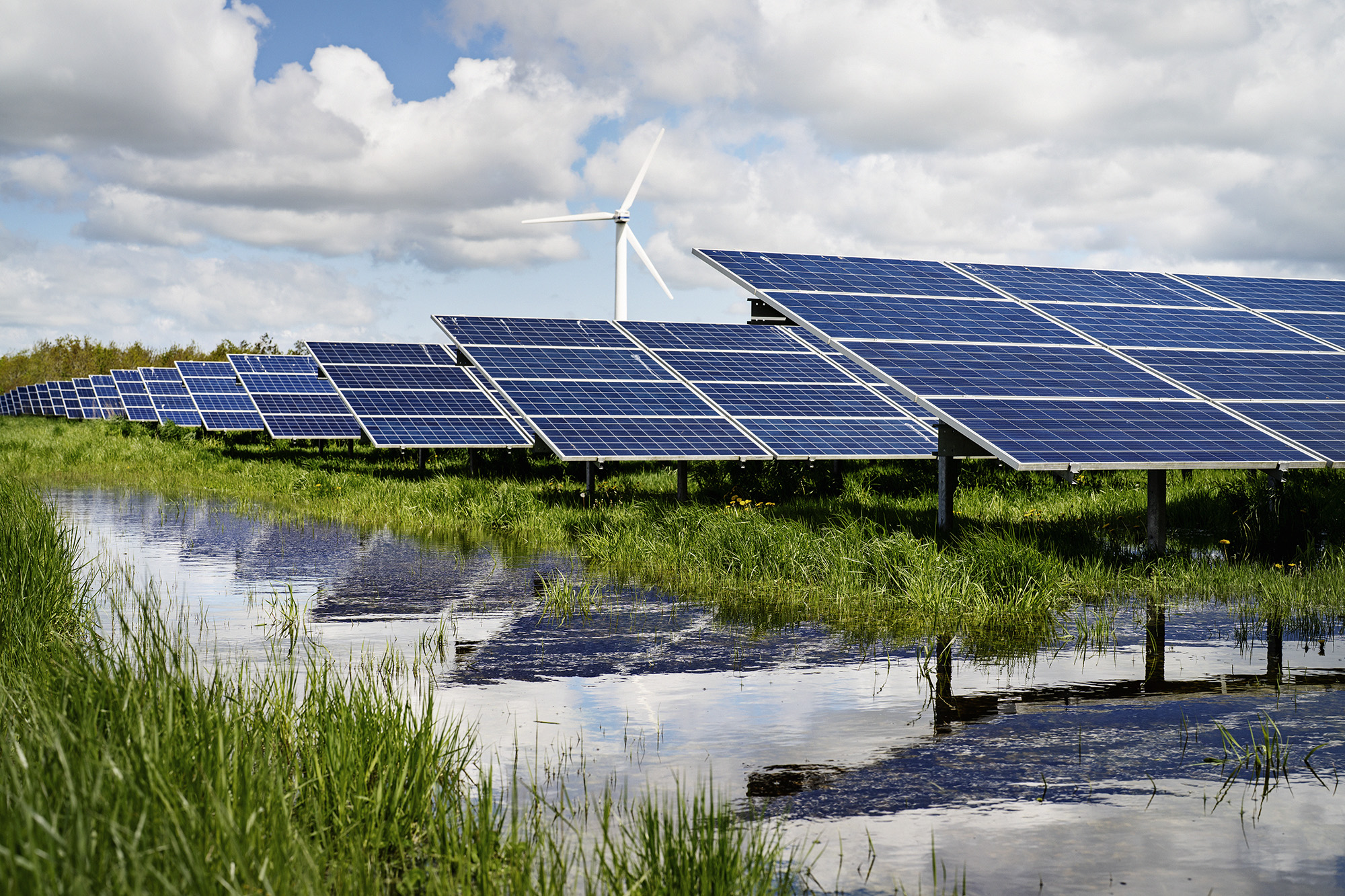Køng Mose Solar Park
This renewable energy park in southern Zealand in Denmark will contribute with more than adding new green energy to the electricity grid. It will also help reduce CO2 emissions by restoring carbon-rich lowlands to wetlands.
PPAs available now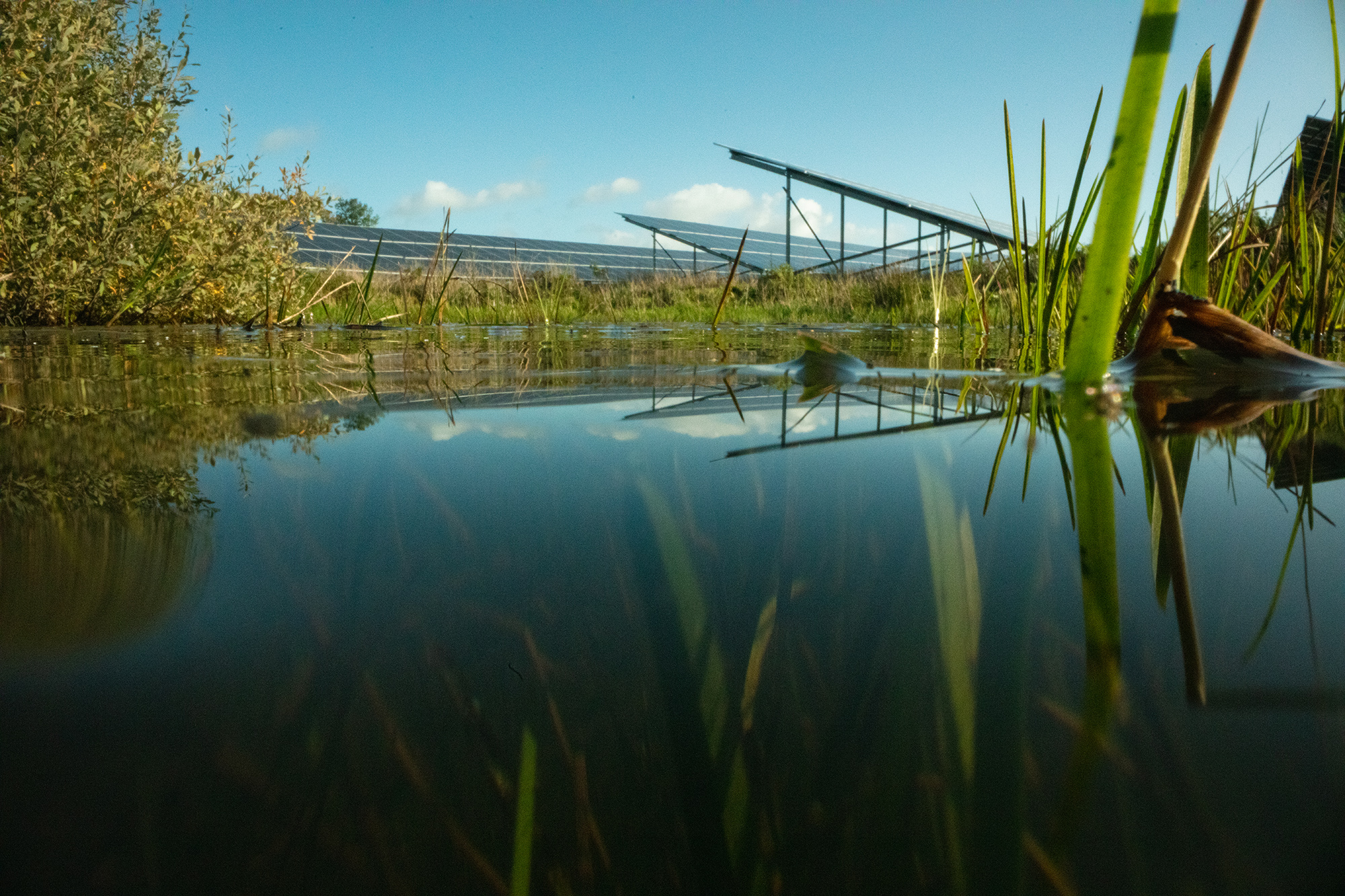
Solar park facts
-
187
MWp
expected capacity
-
198
GWh
average annual output
-
158
hectares
total project area
-
124,000
Danes
equal to electricity consumption
Benefits CO2 reduction in multiple ways
Køng Mose Solar Park will be established near the small town of Køng between Næstved and Vordingborg, Denmark. The area was previously used for agriculture. By converting it into a solar park, we can both generate renewable energy and restore it to its original wetland. Green energy means less CO2 emissions, while wetlands have a natural ability to store carbon. So, you could say, that the park offers a double benefit for CO2 reduction.

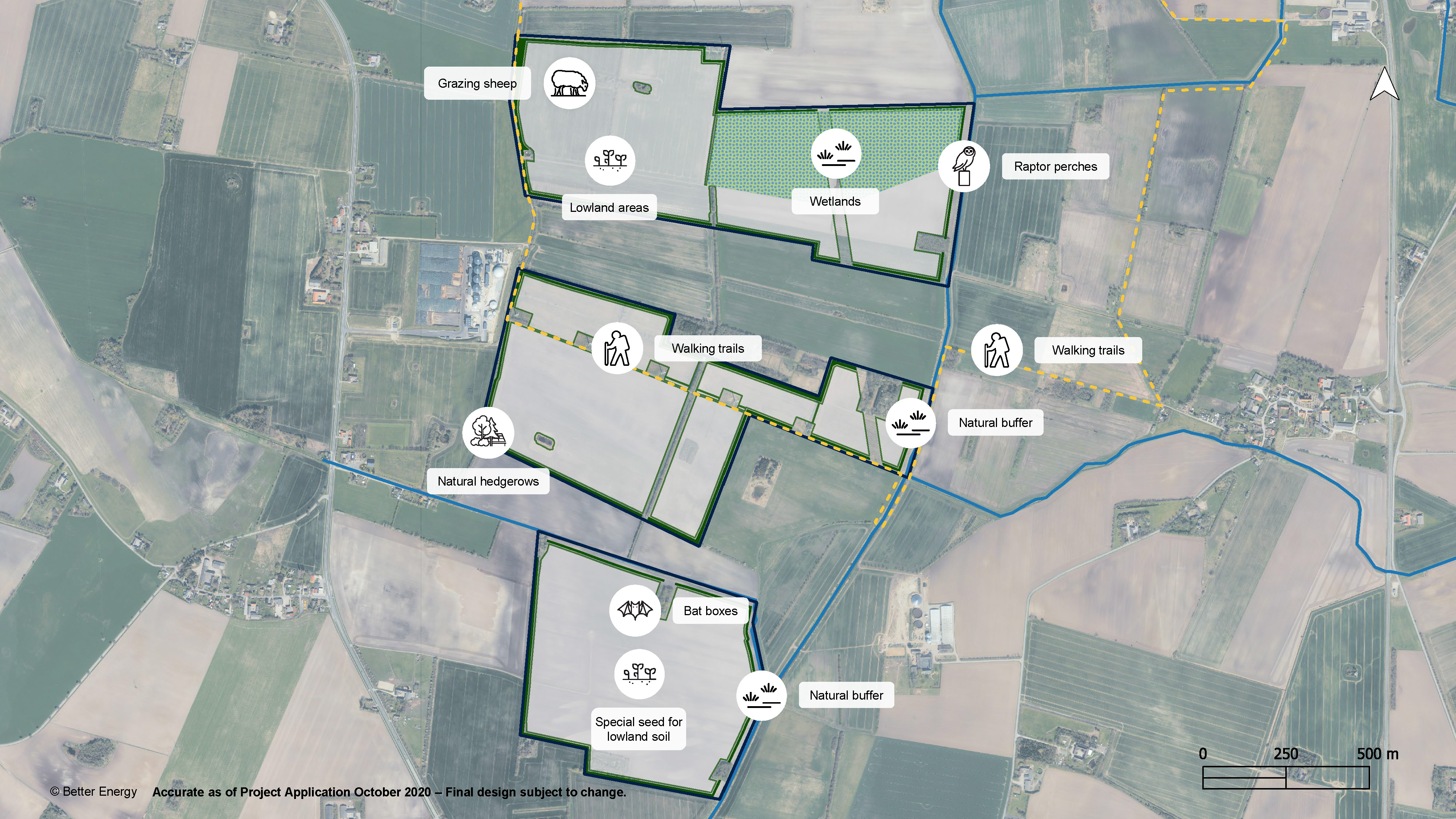
Community and nature initiatives
| Local dialogue |
Development dialogues with local residents have been constructive. The project will be part of an overall planning process for the entire Vordingborg Municipality. Through the project a fund will be allocated for climate protection and nature initiatives. The fund will be managed by representatives from the Danish Society for Nature Conservation, Vordingborg Municipality, and Better Energy. |
|
| Lowland areas |
The park will be built on land where parts of the area contain carbon-rich lowland soil. In this way, the solar park can both produce green electricity and take carbon-rich lowland soils out of production. |
|
| Wetlands and natural buffer |
Areas of wetlands will be re-established beneath the panels to attempt to restore the original bog soil. The area will be sown with a special seed mix suitable for lowland soil. There will be a 25-meter natural buffer zone towards the Køng Canal. |
|
| Hiking trails |
The park is designed to ensure that the existing hiking trails through the area, ‘Fjord to Fjord’ and ‘Køng Mose Rundt’, are respected. |
|
| Natural hedgerows |
Establishing planting belts around the construction areas of the solar park creates visual screening using native trees and shrubs. |
|
| Bat boxes and raptor perches |
Bat boxes and raptor perches will be installed to support the existing bats and birds of prey in the area. |
|
| Grazing sheep |
The sheep make sure that grasses and herbs do not grow up and shade the panels. The animals get shelter from the solar panels and fresh grass, while the farmers take advantage of the open spaces. |

Grazing sheep
In the northern part of the project, sheep can graze within a fenced area. Farmers benefit from their sheep getting access to fresh grass. The solar panels provide shelter for the sheep.
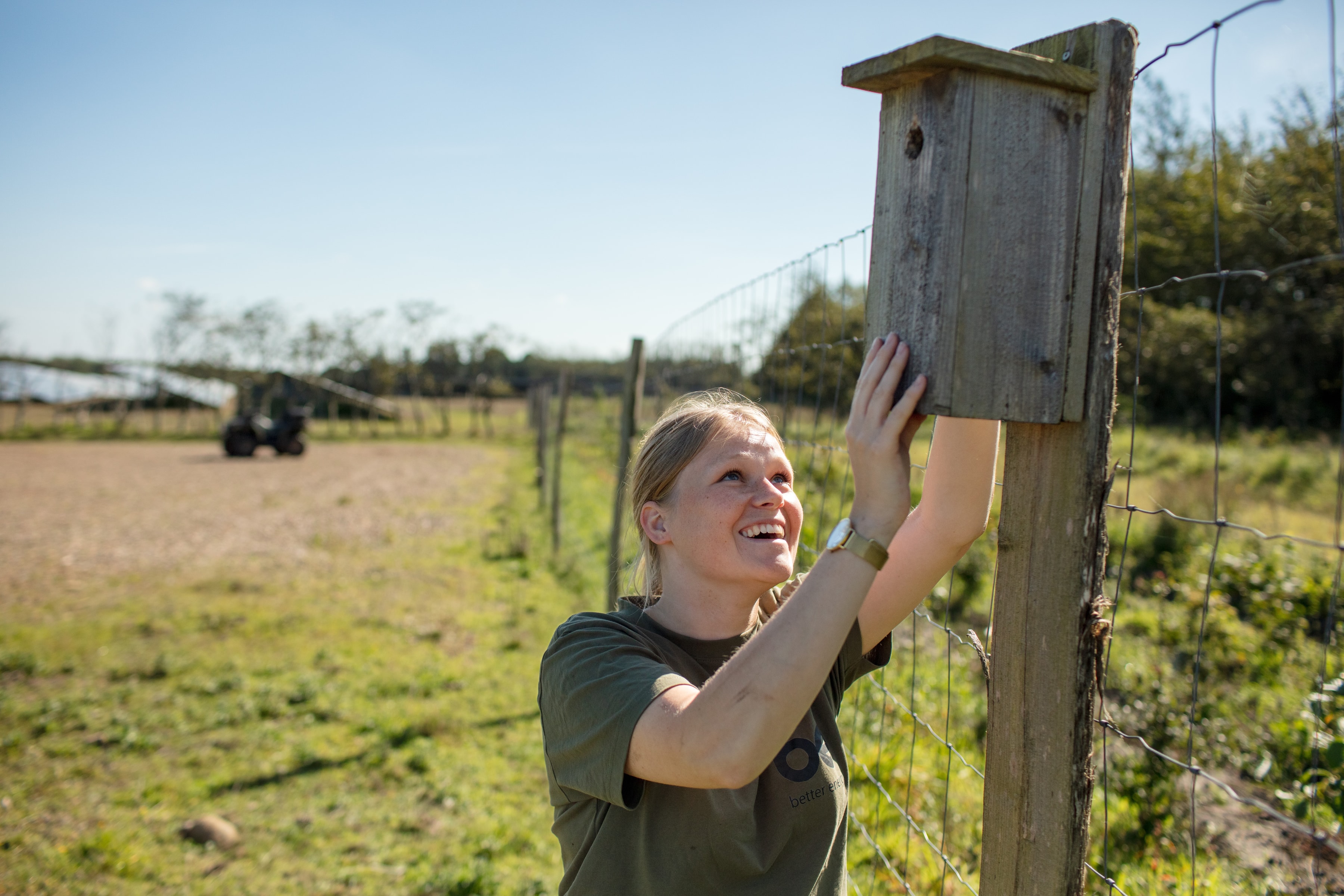
Bat boxes and raptor perches
Bat boxes and raptor perches will be installed to support the existing bats and birds of prey in the area.
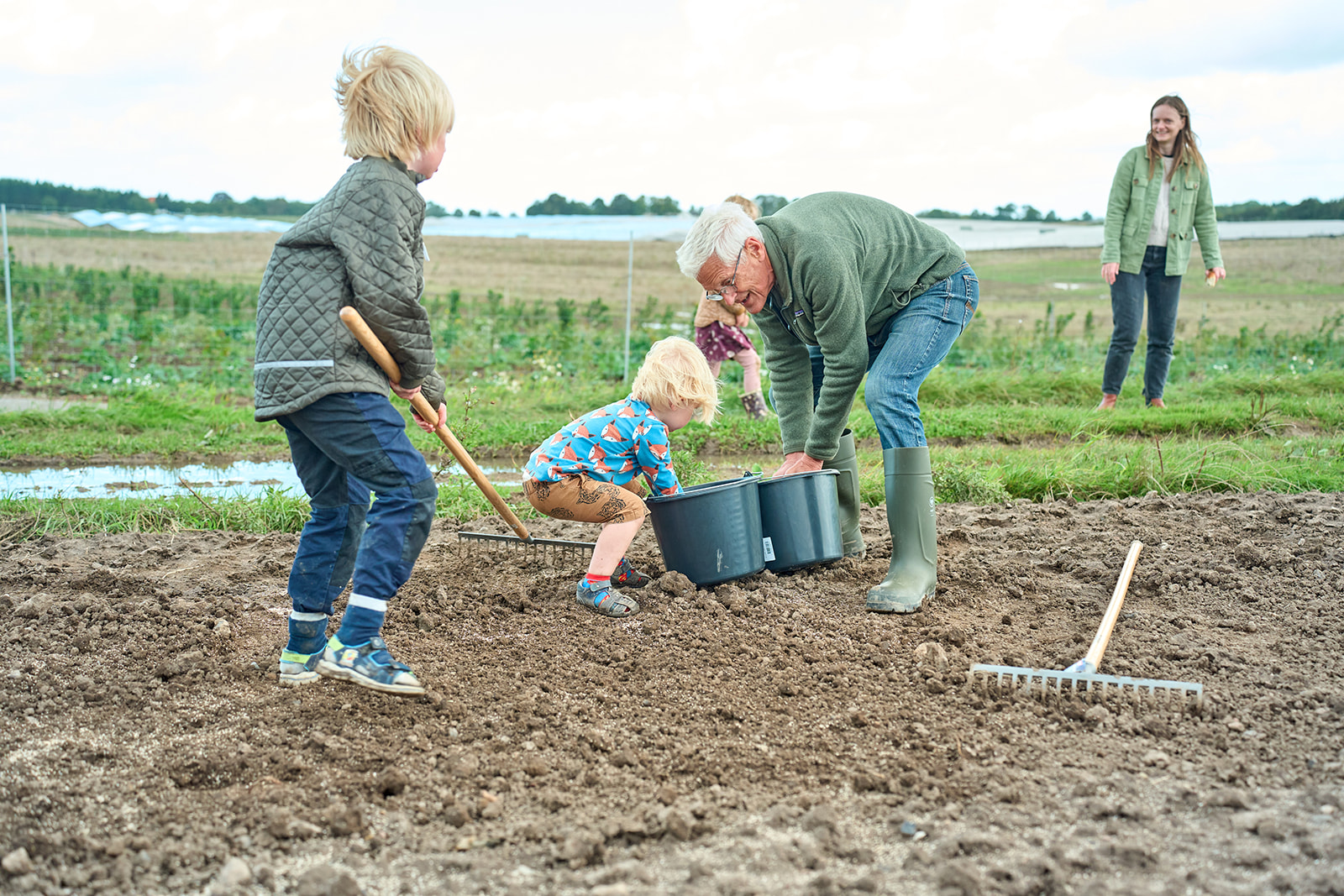
Local fund
The project funds climate protection and nature initiatives in a fund managed by representatives from the Danish Society for Nature Conservation, Vordingborg Municipality, and Better Energy.
Contributing to municipality's ambition for the green transition
In 2023, Vordingborg Municipality sets an ambitious goal to install significant amounts of renewable energy on land. Køng Mose Solar Park will make an efficient contribution towards reaching this target and also support local nature initiatives through a fund. A fund will be allocated for climate protection and nature initiatives. The fund will be managed by representatives from the Danish Society for Nature Conservation, Vordingborg Municipality, and Better Energy.
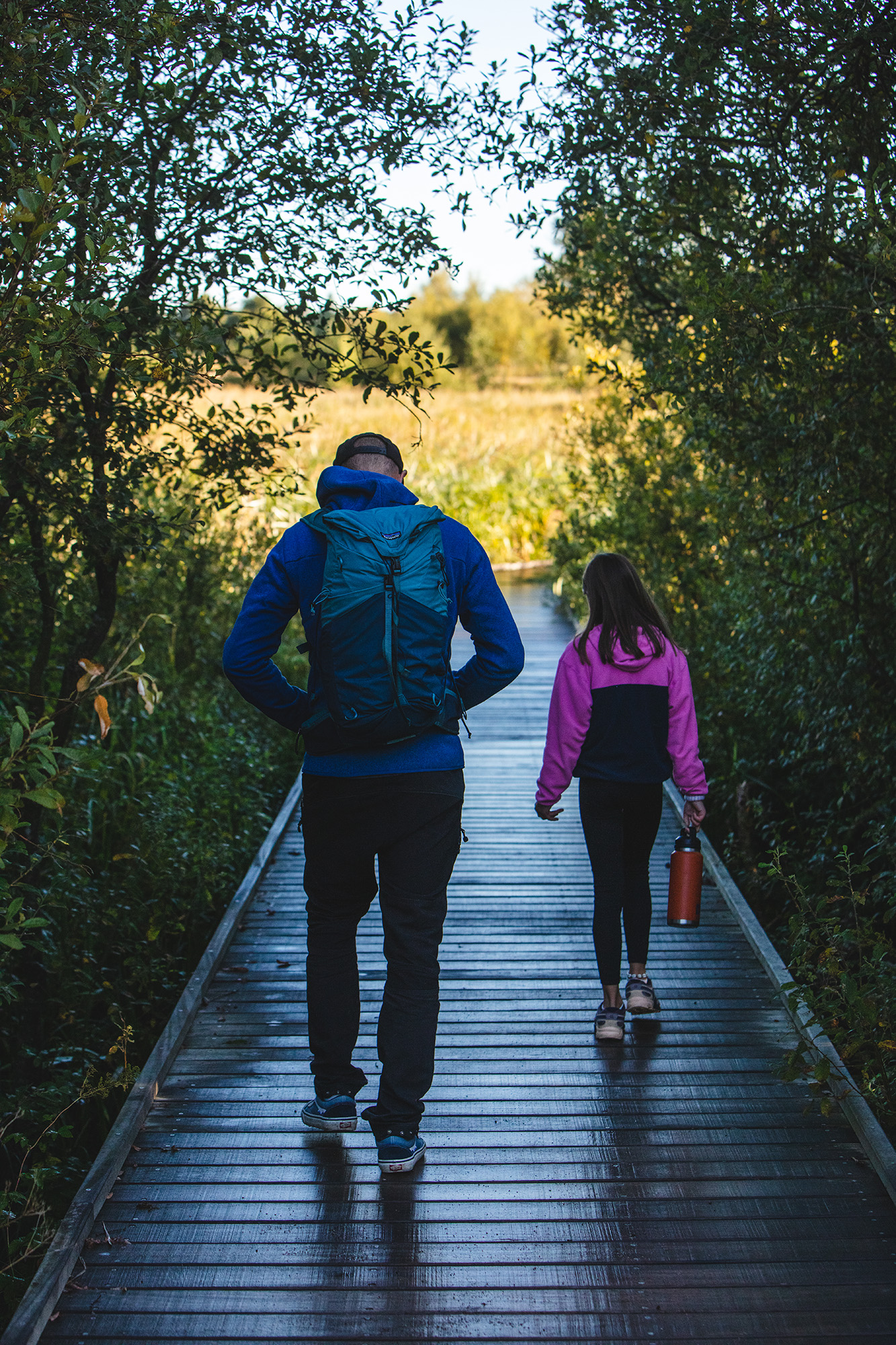

Customised plan for land zone with stream
Køng Mose Solar Park will consists of three separate park areas; a northern, a central and a southern area. There is a wind turbine in the northern area, and five wind turbines are placed in the central area in the middle of the park. The landscape is flat with tree belts and smaller areas with vegetation, and the stream Køng Kanal cuts through the central and southern part of the area and runs up along the eastern edge of the park. The area is sparsely populated with only one neighbour within 200 meters northwest of the northern part of the area.
